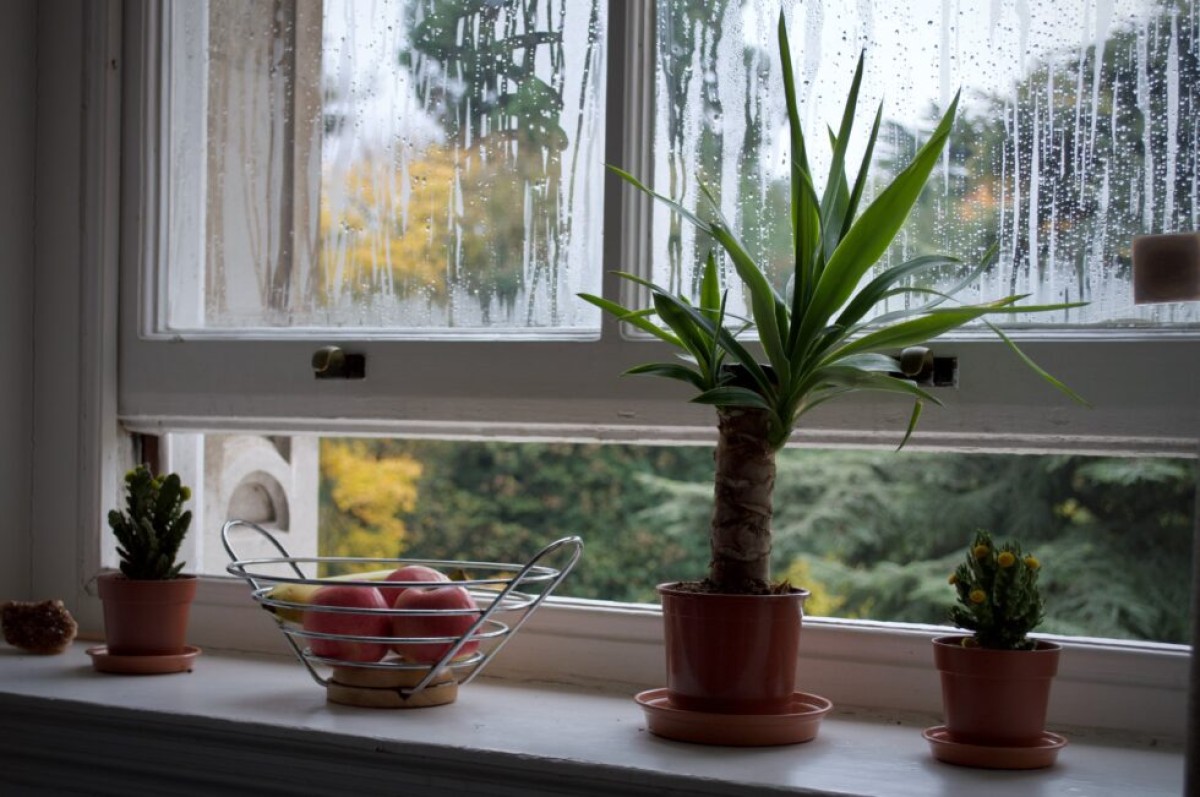How Does Relative Humidity Affect Moisture in the Home?

We spend around 90% of our time indoors, which is why indoor air quality is so important. Humidity is a natural part of our atmosphere, coming from water vapour in the air that originates from bodies of water like lakes, oceans and seas.
Here in New Zealand, we enjoy a maritime climate, which means the outdoor air is generally warm and moist. Humid, in other words. This actually influences the air quality in our homes and workplaces – and it’s something we need to actively combat to keep our homes dry, safe and mould-free.
But how does “relative humidity” then come into play? What is it and how does it affect moisture in the home?
What do we mean by “relative humidity”?
Relative humidity (RH) is the most common measure of humidity. In scientific terms, it’s the ratio of the current absolute humidity to the highest possible absolute humidity. So, if the RH is 100%, the air is completely saturated with water vapour and can’t take in any more.
It’s strongly proportional to temperature, and so a stable temperature also indicates a stable relative humidity.
It’s important that relative humidity never gets too high, to keep moisture levels under control. Managing RH is essential for maintaining a comfortable indoor environment. Here’s why.
How does temperature affect RH inside the home?
Warm air holds more moisture than cool air, which is why climates like ours here in NZ tend to get humid. This also means humidity levels are higher in summer compared to winter.
The way we ventilate our homes keeps relative humidity at a controlled, safe level. During winter, when outdoor temperatures are low, a continuously heated room will be most effective at reducing relative humidity inside the property. It’s estimated that a cold house needs to be three times more ventilated to achieve the required RH levels.
Remember that, while high relative humidity is risky, it’s important that RH doesn’t get too low, either. Dry air can cause dry, flaking skin, lung and throat irritation, and the arrival of dust mites.
How does this impact indoor air & our health?
High relative humidity in the home can affect not only the actual building, but the people in it, too. Increasing moisture levels can impact human health, cause discomfort, trigger a less hygienic atmosphere and wreak havoc on your furniture and the inside of your home.
Allergens caused by dampness
It’s recommended that the average relative humidity of your home should sit between 20% and 50%. If the RH creeps above 60%, your home becomes a more attractive environment for dampness-mediated allergens, like mould, cockroaches and dust mites. The producers of these allergens thrive in high relative humidity, and no one wants these guests inviting themselves in.
Higher airborne Penicillium levels
Penicillium is a family of mould that was first discovered in 1809. It has around 300 species and is found in cool, damp environments, producing green, blue or yellow spores. Airborne Penicillium levels are associated with high indoor RH and come with a bunch of potential health hazards.
Like all types of mould, Penicillium can be especially harmful to those with weaker immune systems, and can trigger allergic reactions or infections. Certain species produce carcinogens, while others could cause organ damage when inhaled or ingested.
Dust mites
Some more creepy-crawlies we’d rather avoid, New Zealand has some of the highest levels of dust mites in the world. This has been linked to the country’s high year-round relative humidity. Plus, moisture in the air creates the mould spores that keep dust mites well-fed. They only need one hour of high RH per day to stay hydrated and keep breeding.
Shall we talk about ventilation?
We wouldn’t want to live anywhere in the world except NZ, but its climate does present a few problems in terms of indoor humidity! Make sure your home has the ventilation it needs to stay safe and healthy.
Book a free home assessment at SmartVent or call us on 0800 140 150.
Additional sources:
- Arlian, L. G., Neal, J. S. & Vyszenski-Moher, D. L. (1999). Reducing relative humidity to control the house dust mite Dermatophagoides farinae. The Journal of Allergy and Clinical Immunology, 104(4 Pt 1), 852–856.